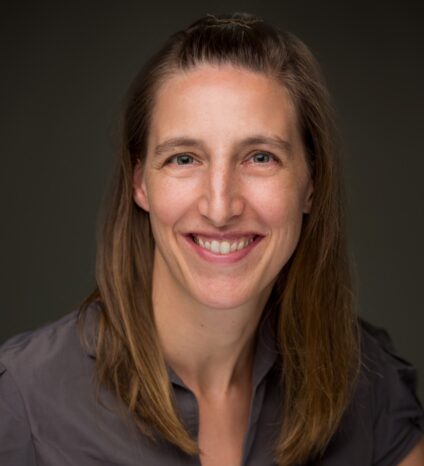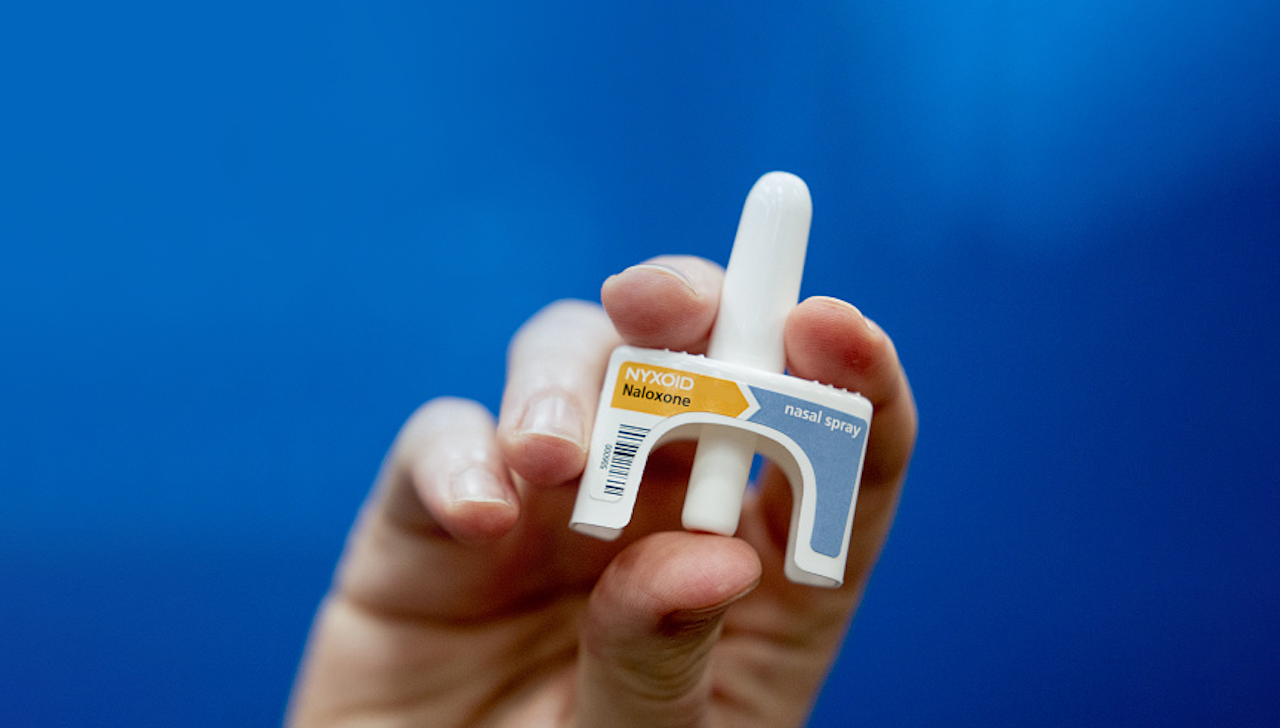Nitazenes are becoming more common in the Australian illicit drug market, and are linked to an increasing number of overdoses and deaths.
Overdoses and deaths linked to synthetic opioids are becoming more in more prevalent. The alarming overdose deaths of four Victorians in one house – one of who was a 17-year-old boy – in late June highlights how serious the problem has become.
NSW Health also issued an alert on 29 May 2024 following the recent hospitalisation of four people across Sydney with severe opioid overdoses.
After ingesting what they believed was a nitazene, three patients suffered severe overdoses, with the nitazene they took being much stronger than initially thought. The fourth patient experienced an overdose after taking what they believed was a different drug, which was actually a nitazene.
In April, nitazines were detected in samples related to a cluster of 20 overdoses in the New South Wales Nepean Blue Mountains local health district.
There have been 16 overdose deaths involving nitazenes in Victoria since 2021, prompting two coroners to recommend the implementation of drug checking services in the state.

Professor Suzanne Nielsen MPS, Deputy Director of the Monash Addiction Research Centre in Melbourne, explains how this little-understood drug entered the market and why pharmacists need to rethink harm minimisation.
What’s the history of this synthetic opioid?
‘Nitazenes’ are a family of drugs. Substances within the class vary in potency, from lower in potency to significantly exceeding fentanyl’s strength.
After nitazenes were synthesised in the late 1950s, development of the opioid as a therapeutic product was abandoned after early testing revealed high rates of adverse effects – including severe respiratory depression.
In recent years, they have emerged as novel psychoactive substances, said Prof Nielsen.
‘Chemists who make illicit drugs [often] go back to drugs that didn’t make it through the development pathway,’ she said.
These drugs are therefore not internationally controlled, meaning their manufacture and distribution is ‘not necessarily illegal’.
‘It takes a while for national and international regulations to catch up and make them controlled substances,’ added Prof Nielsen.
Most nitazenes that have been detected in Australia are also similar to, or stronger than fentanyl in potency.
But while the pharmacology and effects of fentanyl are well profiled, the same can’t be said about nitazenes.
‘There are very few studies [that provide] a good sense of exactly how strong they are, how they work and how long they last,’ she said. ‘We do know they’re very strong and have other negative effects we haven’t fully characterised yet.’
Where are nitazenes found?
Fentanyl and other novel synthetic opioids are commonly packaged and sold as substances such as oxycodone tablets, said Prof Nielsen.
‘Some people go online to find pharmaceuticals because they can be easier to access than through the healthcare system,’ she said. ‘Unless you’re familiar with what to look for, these products look quite similar to pharmaceutical products.’
Some people, in the pursuit of a strong opioid, purchase nitazenes intentionally. But the majority of detections are in unintended purchases, when other substances are sought.
‘Sometimes [they are in] opioids such as heroin,’ said Prof Nielsen. ‘But we’ve seen detections in drugs being sold as ketamine, MDMA or other stimulants.’
These detections are cause for the most concern. ‘People seeking to use MDMA in a festival environment [likely] won’t have any opioid tolerance, and will be very susceptible to an opioid overdose.’
Is Australia at risk of a nitazene epidemic?
Nitazenes are causing large ‘clusters of deaths’ in England, Scotland and Ireland – where fentanyl has yet to emerge in the illicit market. There are concerns among addiction experts that Australia could similarly skip over fentanyl and head straight into a nitazene wave, warned Prof Nielsen.
‘There have been reports that the amount of heroin manufactured is dropping off,’ she said. ‘With the Taliban shutting down poppy production, an 80–95% reduction in heroin availability is expected.’
Programs such as real-time prescription monitoring and a tightening of regulations have also contributed to a ‘supply shock’ – which is historically associated with the entrance of potent substances into drug markets, said Prof Nielsen.
With drug checking not widely accessible in Australia, it’s possible there are more nitazenes out there than we know.
‘Given overdose deaths have gone up fairly quickly in other parts of the world where these drugs have emerged, now is the time to raise the alarm.’
What can pharmacists do to help?
With drugs such as MDMA or ketamine containing nitazenes, pharmacists need to broaden their approach to harm reduction, said Prof Nielsen.
This includes anticipating requests for take-home naloxone (THN) from people who use drugs occasionally who have heard about the synthetic opioid – which should always be met with a positive response.

Pharmacists could say, ‘it’s great you’re asking for naloxone. I’m happy to provide it for you’, said Prof Nielsen.
Follow-up questions could include:
- Are you familiar with the signs and symptoms of opioid toxicity?
- Do you know how to use naloxone?
- Can I give you a bit more information about that?
‘Ask open questions such as, “can you tell me what you know about when to use naloxone?”, then you can fill in the gaps,’ she said.
This can help pharmacists distinguish between people who have used opioids and have considerable overdose knowledge from those who lack knowledge and would appreciate more information.
It’s also important to reinforce that an ambulance should always be called whenever naloxone is administered.
‘One thing we know about nitazenes is that they can have a longer half-life, so there’s a risk of naloxone wearing off and the person reentering an overdose state,’ said Prof Nielsen.
With nitazene toxicity, higher doses of naloxone are also often required. Depending on the person’s level of risk, pharmacists should therefore consider providing two boxes of THN.
‘Among groups of people who use drugs such as opioids or MDMA, make sure more than one person has access to naloxone, or that naloxone is available onsite, such as at a festival,’ she advised.
However, due to recent supply shortages, pharmacists may need to be judicious about THN supply if naloxone stock is limited.
‘If we give every person 2–3 boxes, we may end up with supply shortages again,’ said Prof Nielsen. ‘We need to be balanced around assessing when it is most likely that extra doses will be needed.’
For those who regularly use opioids and meet criteria for opioid use disorder, treatment with methadone or buprenorphine provides the greatest protection from overdose and mortality, although naloxone supply to people in treatment for opioid use disorder is recommended.
‘Among those who occasionally use drugs, other measures such as drug checking and supervised injecting facilities are also key,’ she said.
Pharmacists in jurisdictions with drug checking services – including Canberra, Queensland and NSW, (to a limited extent) should ensure patients are aware of these local services.
‘In those locations, If someone requests naloxone, asking “do you know there’s a new drug checking service” could be another option.’
This article was updated on 8 July 2024.
For more information, refer to the PSA CPD How to save a life with naloxone.






 ‘We’re increasingly seeing incidents where alert fatigue has been identified as a contributing factor. It’s not that there wasn’t an alert in place, but that it was lost among the other alerts the clinician saw,’ Prof Baysari says.
‘We’re increasingly seeing incidents where alert fatigue has been identified as a contributing factor. It’s not that there wasn’t an alert in place, but that it was lost among the other alerts the clinician saw,’ Prof Baysari says.





